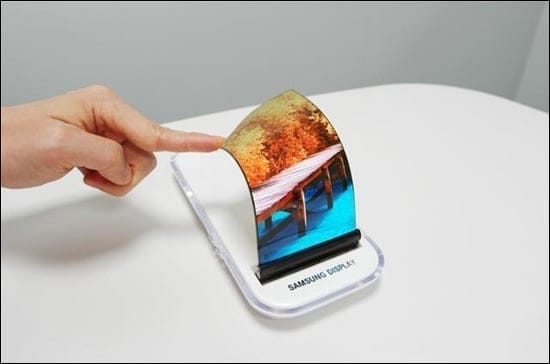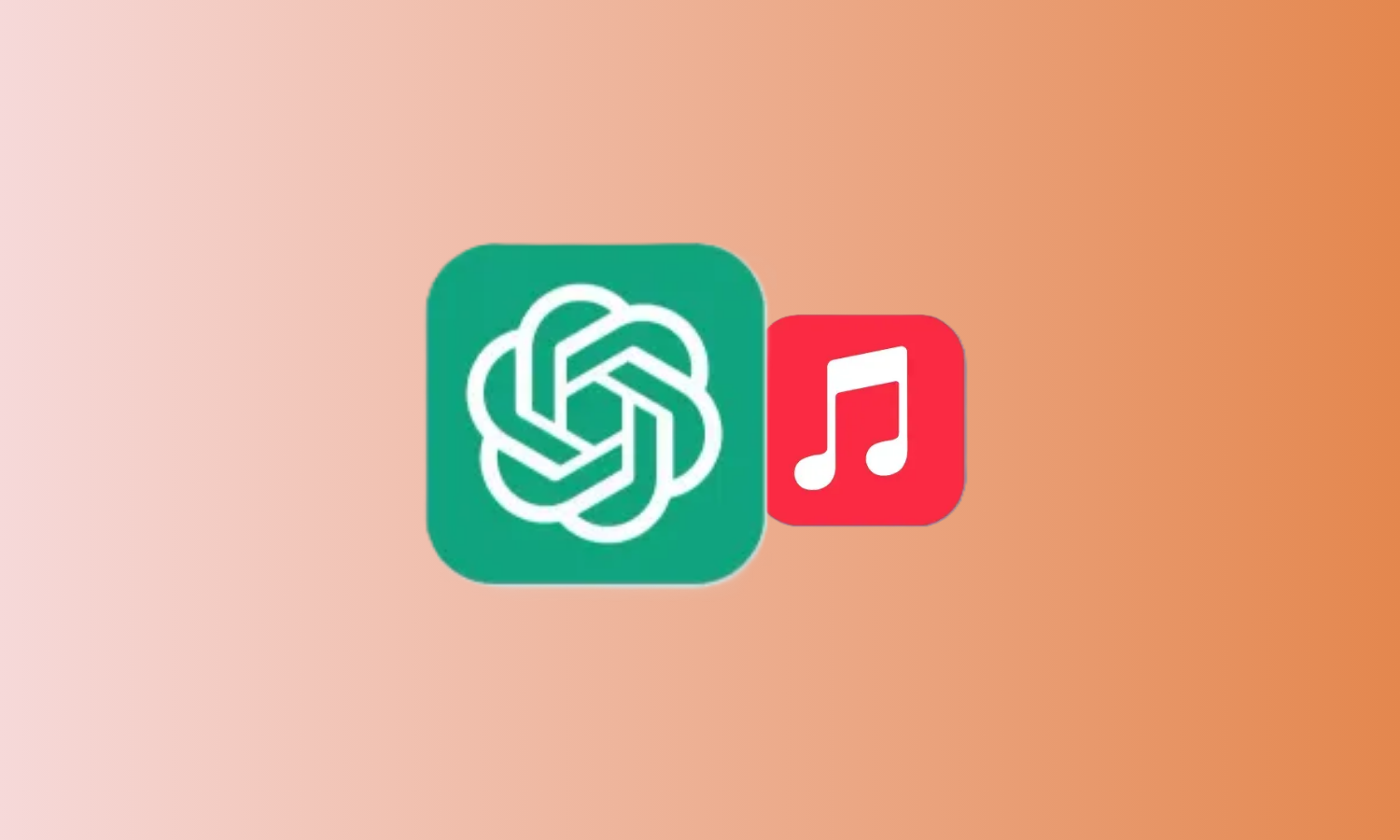Each year we see our smartphones get upgraded with better specifications, premium materials and shrinking bezels. However; with a ton of smartphones being launched each year, the one thing that hasn’t changed much at all is the shape and design of our mini pocket computers. There’s hardly any physical difference between a $200 smartphone and a $1000 smartphone apart from the internal specs, mainly in the camera and processor.
Though, all this might change this year with the introduction of ‘foldable’ phones which could introduce and push forward a new era in smartphone design. There have been rumors circulating the web for several years now about companies such as Samsung introducing a Foldable phone. These rumors have only been rumors for the vast majority of times; however, we’re now finally able to say confidently that the era of foldable smartphones is now upon us.
FYI, the Royole FlexPai is officially the world’s first foldable phone; however, the device is nowhere near consumer ready given the poor user experience the device offers.
And the user experience will remain a question to answer for even the big hitters like Samsung, Xiaomi, Huawei, etc. OEMs about whom we are already hearing a foldable phone to be in the works. Preparing the hardware — costly, too, let’s not forget — is one thing, but making it worthy is another.
Companies will need to prove that the concept of a foldable phone is more than the design itself, that it helps users do what current slabs in fixed rectangular slabs can’t.
So, with more than a couple of Android OEMs set to launch the foldable phones this year, it poses a question whether we should be already looking to buy a foldable phone in 2019 or is it better to stick to regular mobile until the foldable tech is ready for primetime.
Let’s dive into the foldable phones subject a bit deeper to answer this.
List of foldable devices expected to launch this year
- Royole FlexPai | Currently available for $1,318
- Samsung Galaxy Fold | Expected launch in February
- Huawei’s 5G Foldable smartphone | Expected launch at MWC
- Motorola RAZR 4 | MWC launch possible
- Oppo foldable phone | Expected launch on February 25th at MWC
- Xiaomi’s foldable phone | No expected launch timeframe yet
- Sony’s foldable phone | Currently only rumored
- LG foldable phone | Hinted Q4 2019 launch
How are foldable phones are possible?

We’ve seen all sorts of concepts for foldable phones such as Xiaomi’s dual-fold concept they showed off in a brief video as well as Samsung’s inward fold device teased at the Samsung Developer Conference.
The main components for foldable smartphones are currently the flexible OLED display, a polymer screen, specialized components, and a jointed case. The main thing being the flexible OLED display which is an absolutely insane and could open up a world of possibilities outside of smartphones as well.
Since there are so many concepts floating around the foldable phone design, it’s hard to pinpoint which one is the best or which one would be terrible. Currently, Samsung is the primary manufacturer for foldable OLED displays.
Foldable displays have been around for a couple of years now; however, if you’re wondering why we haven’t yet got foldable phones yet if these displays were available for a couple of years now, then the simple answer to that is; companies were still figuring out how to make other components in the device flexible as well.
Why foldable phones could be a game changer

Foldable phones, if done right, would bring over a host of new possibilities especially for media junkies who often have to carry around a smartphone as well as a tablet to have a bigger screen to consume content on.
Foldable phones would allow one to use the device in smartphone mode for regular use and when needed the user could simply unfold the device into tablet mode to enjoy content on a bigger screen.
Having a foldable phone could also help students replace their bulky laptops since taking notes would be more convenient on the bigger screen foldable phones would have to offer.
Should you buy a foldable phone in 2019?

We’re about to see more foldable phones from OEMs such as Samsung, Xiaomi, Huawei, LG, Sony and a few more. Samsung even teased their foldable smartphone during the Samsung Developer Conference later last year.
The foldable phones sound seriously awesome, but we have to wait and see how they improve the mobile phone experience. It will depend a lot on how companies are able to differentiate their foldable devices, what kind of user experience are they able to create, and how and what they come to sell.
That thickness, though!
All the folding mobile phone prototypes we have seen so far don’t really look very thin. When foldable, the devices could be really thick. Given how far we have come to appreciate the slickness of our devices, if asked to carry a 15-20mm thick mobile that could unfold into a 7-10mm tablet, we’re not sure we would be happy to carry one with us daily.
Until the whole mobile phone thing gets really thin, such that in a folded state it’s around 9-11mm thick, carrying a chunky mobile doesn’t sound very appealing unless you are buying it just for the sake of showing off — which might indeed do well for some people, though.
Software support
Google did announce support for foldable devices at the Android Developer Summit; however, we aren’t sure if this would be ready along with the release of Android Q.
Though, we can be sure that what will be following Android Q will have a good deal of support for the foldable devices.
High price!
There have been rumors already that Samsung’s Galaxy Fold phones would cost you a ton of money (about $2,000).
That doesn’t seem very surprising either because we are already in the age of $1,000 phones (and increasing) and foldable mobile phones is a tech that costs more because of the special components used but is also appealing enough to be charged more from the consumers.
So, we’re basically looking at $1500 and up in pricing of the foldable phones, while the first phones look chunky and might not have a very good software support at the initial stages.
Learning process
As OEMs make and sell foldable phones, they will learn a lot. As the consumer interest develops, more research and investment will go into making components for foldable phones, and this all would result in better foldable phones in the future.
Which is why we think that the foldable phones that would create proper user experience would be ready to replace traditional smartphones only after some time, probably in 2020.
So, should you buy one?
So to answer the question, should you buy a foldable phone when released? We’d have to say no; however, only if you’re looking to replace your traditional smartphone for a foldable phone.
However, if you’re ready to splurge on bleeding edge technology, then foldable phones should definitely be on your watch list.
Which foldable phone you should buy?

There probably are going to be multiple folding phones to be launched this year with their own unique folding designs. However, the foldable phone to wait for would definitely be the Samsung Galaxy Fold — which is launching at Samsung Unpacked Event 2019.
We all know Samsung is one of the best smartphone OEMs in the world which is why we’re sure the Samsung foldable phone would be the most complete foldable phone we might see this year.
Since Samsung almost never releases half-baked products, we do expect the Galaxy Fold to come with software that actually makes use of the foldable design of the device.
However, we’ve also seen the Xiaomi foldable phone which seriously looks pretty cool although the software on the device seems pretty rough. Nonetheless, we’re excited to see what the foldable phones would have to offer this year and how the technology develops in the next few years.
Related:













Discussion